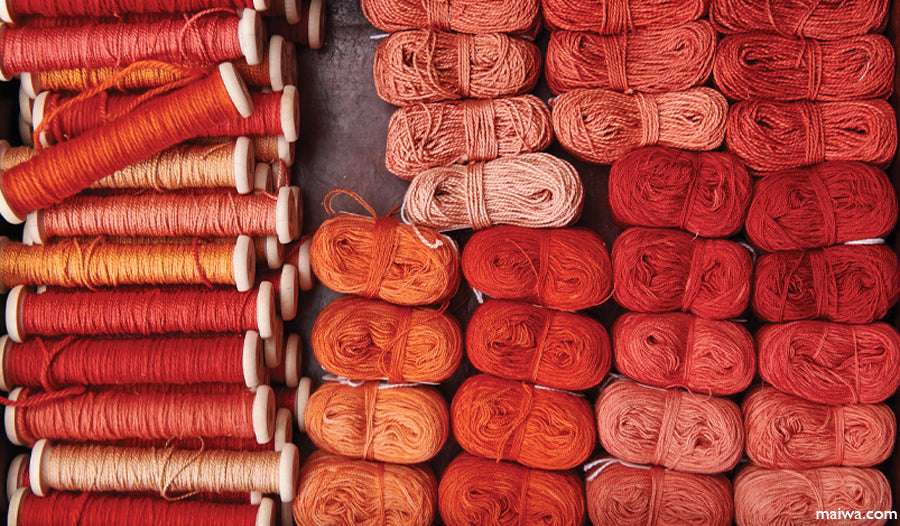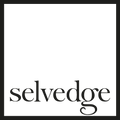
MY LIFE IN COLOUR: THE DYE RECIPES OF TILBURG
 Image: Naturally dyed thread courtesy maiwa.com
Image: Naturally dyed thread courtesy maiwa.com
One of the most precious books in the TextielMuseum library also happens to be the oldest: 'Plictho de Larte de tentori che insegna tenger pani telle banbasi et sede si per larthe magiore come per la comune.'
This translates as 'Instructions in the art of dyers which teaches the dyeing of woolen cloths, linnens, cottons and silk by the great art, as well as by the common'. It was the first printed book devoted entirely to the art of dyeing, containing hundreds of recipes for dyeing red, black and other colors.

In the first half of the 16th century, the author of the book, Gioanventura Rosetti, collected recipes and processes for the dyeing of textiles in Genova, Florence, and other Italian cities. The resulting book, printed by Augustino Bindoni in Venice, was the first printed book on the dyeing of textiles (1548). Notably, Rosetti wrote the book 'per la comune' - for the community, which was something of an anomoly at the time.
Textile dye houses were secretive places where dyers learnt from written instructions from masters of their trade. Recipes for dyes, particularly for red, one of the most challenging colours to dye, were closely guarded secrets, and these were often passed down from father to son, to keep the trade secrets in the family. Essentially open source, it was entirely novel that Rosetti wrote the book containing hundreds of dyeing recipes and techniques. More important still is that it shines a light on the lengthy and complicated processes of textile dyeing technology in the 16th century.

Rosetti wrote the book for the craftsman, with detailed instructions for the dyeing methods for the most important textile fibres. The first two parts of the book are on dyeing woollen, cotton and linen cloth and yarn. Part three is on silk, while part four gives recipes for dyeing leather and fur. The dyes used were plant-based, such as brazil wood, kermes, madder and woad. For black paints, iron, copper sulphate or tanine were used.
Around 400 years after its publication, the municipality or Tilburg aquired the Plictho and many other old books on textile dyeing and printing that were owned by Leiden textile printing family Driessen to establish a textile museum. The TextielMuseum (Tilburg, the Netherlands), which opened in 1958, now safeguards this collection, which also contains many manuscripts and notebooks of dye recipes from nineteenth century.

Jantiene van Elk is librarian at the TextielMuseum and is responsible for more than 20,000 books, an extensive collection of manuscripts and sample books, journals and magazines and a documentation collection on textile art, - design, - technique and industrial culture. She regularly publishes about the library collection, especially on the history and use of sample books.
We're delighted that Jantiene will be joining us for our upcoming online talk, My Life in Colour, on Wednesday 16 March.
She will be discussing the museum's research into a collection of nineteenth century dye books from Tilburg. The handwritten dye books demonstrate how Tilburg was connected to the world through use of dyestuffs sourced from around the world.
Book your ticket here:

